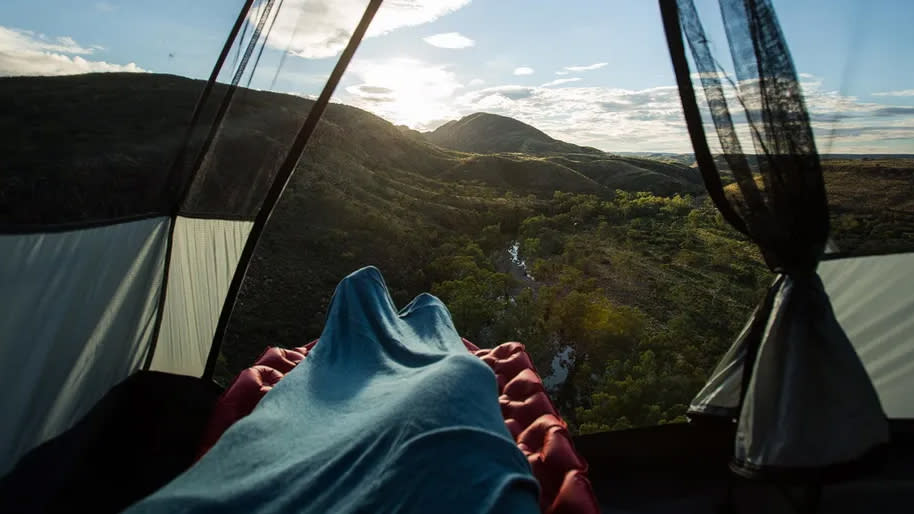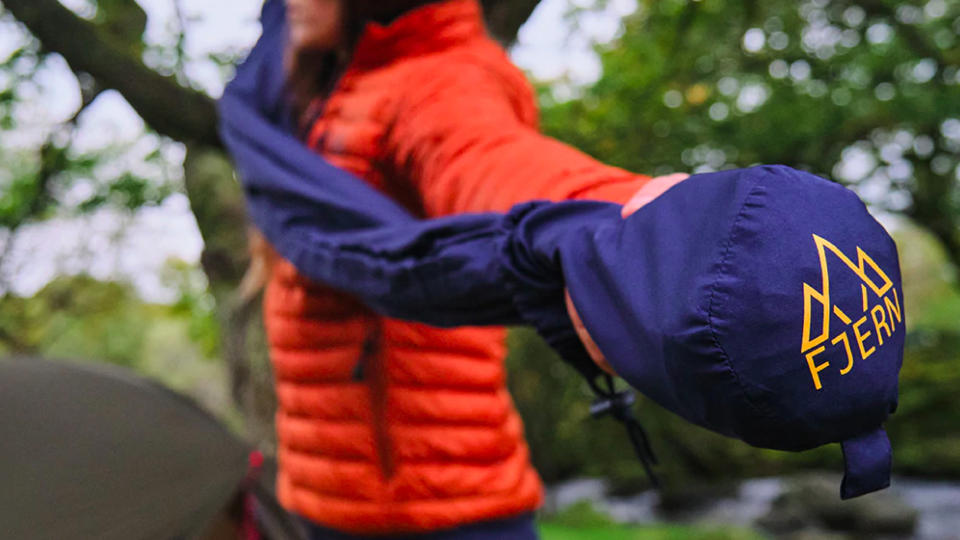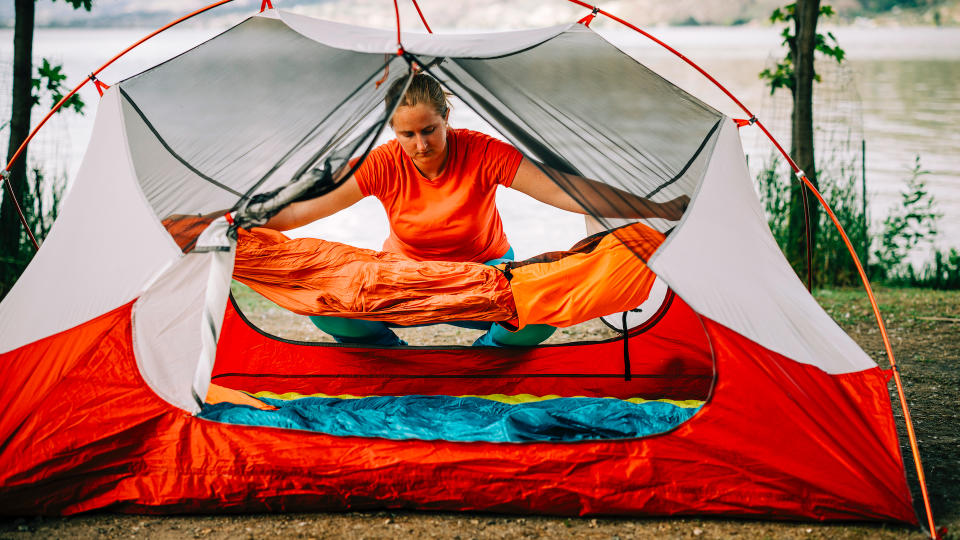Can you use a sleeping bag liner on its own for camping?

After a long day of backpacking, it’s easy to drift off to sleep, cozy inside your best sleeping bag, but when summer rolls around, you might soon find yourself awake and annoyed if you’re a little too warm. You can unzip your bag but then you might get too cold. If you’re using a sleeping bag liner, however, there’s no problem – just unzip and enjoy some light protection thanks to the breathable layer underneath it.
As the temperatures heat up, you might be wondering if next time, you can forgo the bag altogether and just use your sleeping bag liner on its own? With so many backpackers keen to shed weight these days, it’s a good question and one we hear a lot.
But can you ditch your insulated bag for warm weather camping, and just rely on a liner? We dive into this camping question to help you make the smartest decision on your next outdoor adventure.

Can you use a sleeping bag liner on its own?
Assuming you’re talking about using a sleeping bag liner for camping in a tent, where you’re more vulnerable to the elements than indoors, it’s important to understand the importance of your sleeping bag.
Whether it’s made using down or synthetic insulation, your sleeping bag is intended to keep you warm by holding your own body heat close to your body. If it’s going to be cold overnight, this is crucial for your safety, though it’s also helpful to remember that your sleeping pad also goes a long way towards keeping you warm by protecting you from the cold ground.
If you’re camping in a region with a more temperate climate, at high altitude or in the desert, even if it’s warm during the day it can still drop down to the 30s and 40s overnight and you’re going to need insulation, which a sleeping bag liner on its own won’t provide. If you’re camping at the Lake of the Ozarks in July, you might be looking at overnight lows in the 60s. Still not exactly hot, but if you’re a warm sleeper you may think you’ll be comfortable enough with a liner and you could be right.
If you’re not sleeping inside a tent or other structure that blocks the breeze, also known as cowboy camping, you’ll also want to keep in mind that one of the best qualities of sleeping bag liners – their breathability – will mean that there’s not much to protect you from cool moving air.

Ultimately, if you’re camping in hot weather and using a tent, you may be quite comfortable with just a sleeping bag liner, and ditching the bag can help you shed quite a bit of bulk and weight. However, it’s important to do your research and check the weather forecast first, ensuring you understand what the overnight lows are expected to be in the exact area where you’re going. Remember that temperatures always drop as you go up in elevation.
To be safe, you might want to bring a lightweight camping blanket like the Rumpl NanoLoft Puffy Blanket for backup, which is much lighter than a bag but will keep you warm if you wake up in the night and realize you’ve misjudged things. The smartest move would be to test it out first in a safe environment – like your own backyard or with an exit plan in mind – before bidding your insulating layer farewell.

